|
This is an amazing project for a food co-op, educating about the Food Bill and how everything is connected. A system that is corrupt and harmful.
This little tree is one of 3 that made it through some drought and other odds. It is tugged behind the cherry log and I didn't even remember planting it there until I took off some blackberries and found it thriving underneath them this spring. Resilience.
I think I know about at least 4 of the Grand Firs that are still going strong after being planted in 2018. They make me so happy, my little babies. This summer when I got to spend some time in Port Angeles on the Olympic Peninsula, I tried to find out more about the creek running close to our rental.
During the research I learnt about a group restoring Ennis creek and then came across this song son Wes wrote for his Mom to acknowledge restoration efforts. I think it's beautiful, the story as well as the song: Lifeline My name is Christine (she/her) or Biene. I'm very excited to join
Anake this year as my longing for more connections with the natural world and other people has steadily increased during the pandemic. Growing up I roamed the woods in the Bavarian alps, climbing my favorite spruces, observing the little creek, falling in and breaking my collarbone (ask me about the fish), playing house under the hazel, snacking on dock and purple dead-nettle with my best friend, chasing dandelion seeds, picking grapes, apples and berries, in awe with Nature. In 4th grade I finished my school's scavenger hunt first. It was held in my woods, a home game for me. After college I worked in Marketing and Internet StartUps, produced an Astrology show and sold wine and delicacy online. I moved to West Seattle in 2004, where I raised my Climate Action Family, built the West Seattle Bee Garden, started the West Seattle Coworking space, and work as a bookkeeper for the Community School of West Seattle, currently closed during Covid, which allows me to join the Anake program. In 2016 I got my mind blown attending Art of Mentoring at WAS, rolling in mud, chasing the Golden Elixir (GE) with a bunch of fun Canadians that I made say 'about' a lot. It was the highlight of my summer, being playful, rekindling with my childhood passions and the following year I wanted to do Anake, but there was just too much going on in my life, so I joined the Tracking Intensive and the Wild Plant Intensive the following year, became a Native Plant Steward and Master Forest Steward. I volunteer for the Green Seattle Partnership, the Bee Garden, South Sound Nature School and Seattle Tracking Club. I love learning, becoming more humble with each day and hanging out with other Nature nerds. I am fascinated by all things Nature and a few of my favorites are chickadees, mason bees, huckleberries, nettles, deer mice, madrones, hoverflies, crows, maidenhair fern, lupines, ghost pipes, spittlebugs, racoons (we Germans call them 'wash bears'), sphagnum moss, oaks, horsetail, yarrow and thimbleberries. My all time favorite pastime is going on wanders and foraging with friends. On August 22nd in the afternoon we met with Stu and Helen from the Puget Ridge Edible Garden. First, Emory and Sarah welcomed the other Ambassadors and parents to PREP and Stu and Helen gave an introduction on how we would make cider using an apple press.
While we picked up all the apples from a giant apple tree in the middle of the garden, some more people arrived to join us. We worked together pretty well and it did not take long at all to fill up the giant wheelbarrow and all crates with apples. We started sorting all the apples we found on the ground and ended up with one pile of good apples, we then washed in a big tub of water and cut them up in four pieces. The other apples went on a compost pile so nothing would be wasted. It smells pretty sweet. All the cut up good pieces ended up in an apple masher. We took turns turning the handle to mash. Whenever the bucket was full we dumped the mashed up apples into a big cider press. Rusty and Marco helped us using the press. The cider ran into a red circular spout and dripped into big Mason jars we all brought, so we could take some fresh pressed apple cider home with us. Once we had our first batch we all got to try some and everyone was pretty happy with the final result. We also learnt that the difference between apple juice and apple cider is that apple juice is more processed and apple cider usually has some chunks or pieces of apples still in them. Emma also gave us a little tour of the Garden and we harvested a few carrots from her little fenced-in experimental area to showcase how many different things can grow in only a very limited space. We all had a lot of fun and can't wait to come back. We recommend you visit, too. Just saw this at the pump, which is at least making some aware about the relationship of pumping gas and releasing dirty emission. Bold move to connect this. Pump here. Plant trees. I am still trying to figure out how much of this campaign is green washing vs. real action. The Facebook posts are all pretty vage. This one is also a bit confusing. Do they mean the carbon that is sequestered by the trees planted stretches over 80,000 acres? I would rather know how much emission 7-Eleven produces by the gas they sell per year and how much of that they offset with this campaign. On the website they show a list of projects and one is even one with the Green Seattle Partnership I steward with. I would like to know if they pay for the trees, organize events, send volunteers, promote the events or what. It would have been nice if they would have included more details what they actually do.
The top is the AFTER Picture. So happy to see these Thimbleberries doing well. This patch was blackberry heaven and after some hard work of cutting them down, taking out root balls, sheet mulching, and replanting native plants these seem to do great in their new home at Fairmount Park. Here is the BEFORE Picture from December 2017, when we planted them: And the WAY BEFORE Picture when it was still a wild patch of invasive Himalayan blackberries.
Picked up 3 trees from the 'Trees for Neighborhood' program from the City and planted them along the Rainbow Fence on Roxbury. While planting I was wearing my cape, of course.
Removing Blackberry canes in the rain. Kids did great. Got a lot done. Soon there will be lots of native plants grow instead.
We liked this hands-on demonstration of a watershed ecosystem, the importance of buffers by planting Native plants along streams by the King Conservation District.
In the picture Tim 'distributes' chocolate sprinkles to demonstrate pet waste all across the landscape as well as other pollution. After applying rain all ended up in the creek. When we installed little sponges as buffer zones, the run off got blocked from flowing into the creek. “Do not burn yourselves out. Be as I am — a reluctant enthusiast ... a part-time crusader, a half-hearted fanatic. Save the other half of yourselves and your lives for pleasure and adventure. It is not enough to fight for the land; it is even more important to enjoy it. While you can. While it’s still here.” Edward Abbey And the entire article working through the relationship between Outdoor Recreation and Environmental Activism I was wondering for a while.
|
AuthorCurious Bee. Forest Steward. Nature Nerd. Climate Activist Mom. Categories
All
Archives
February 2024
|
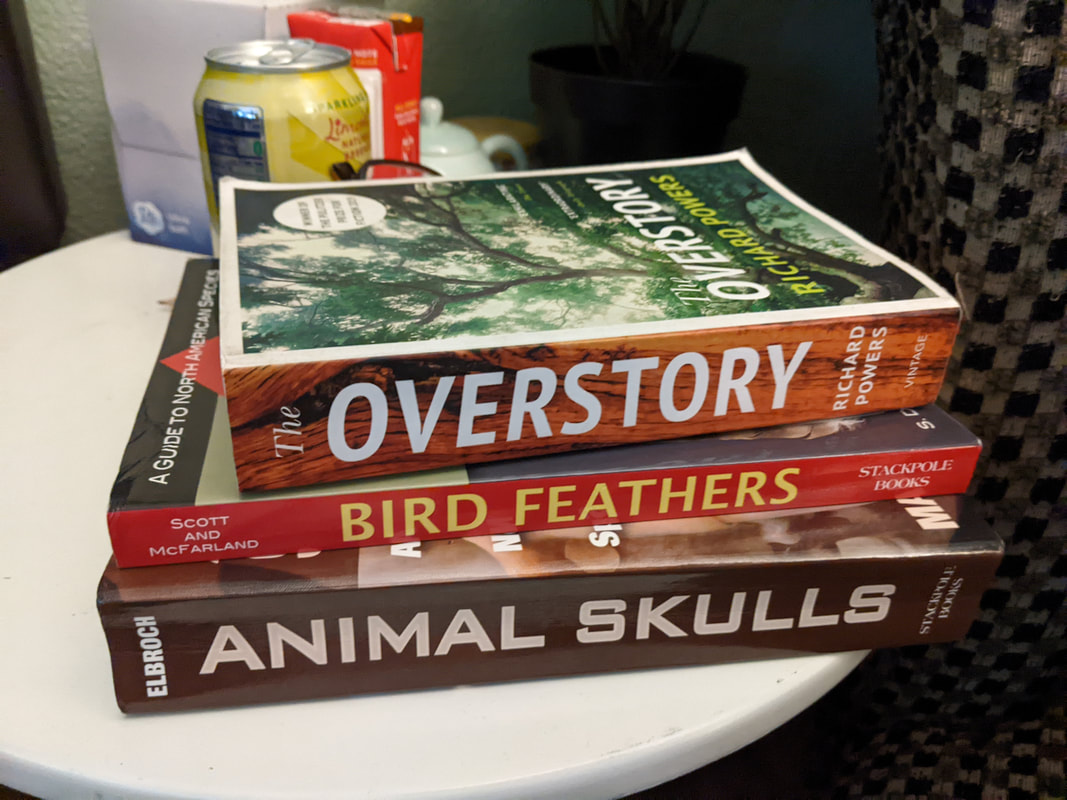
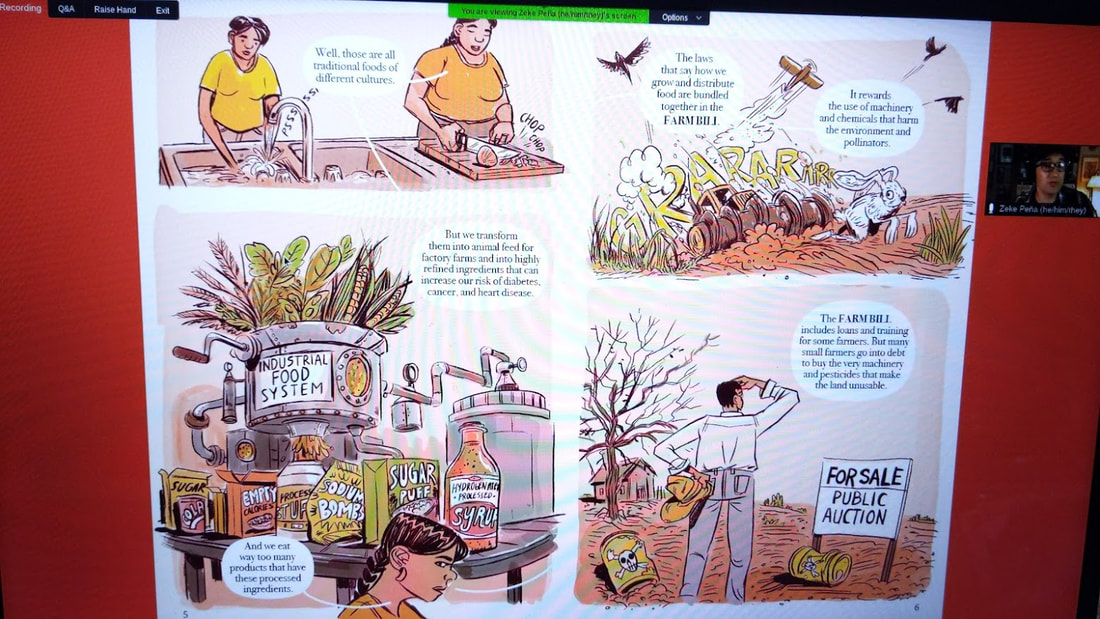
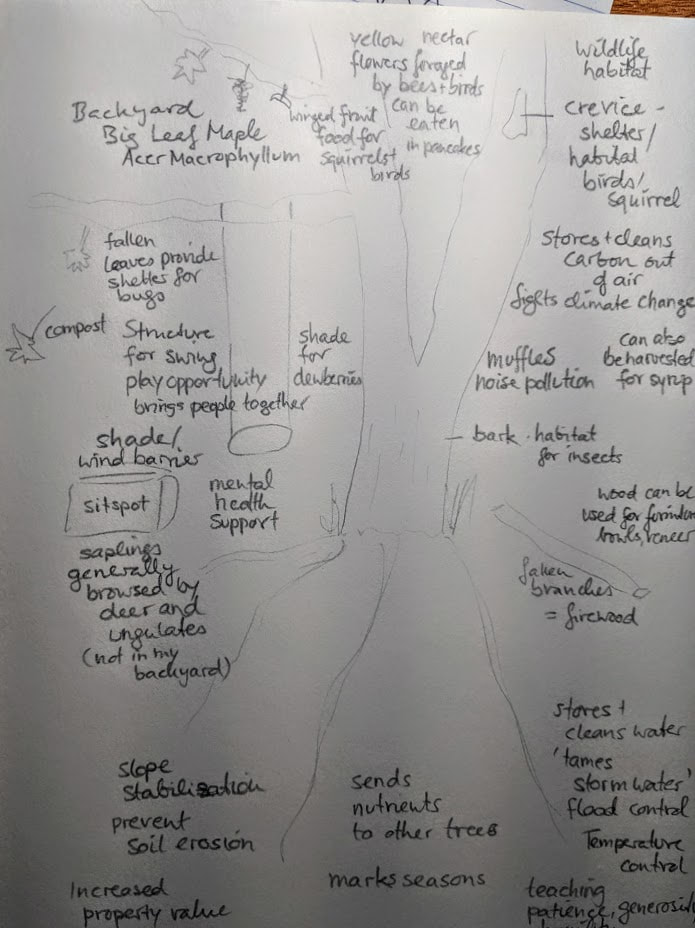
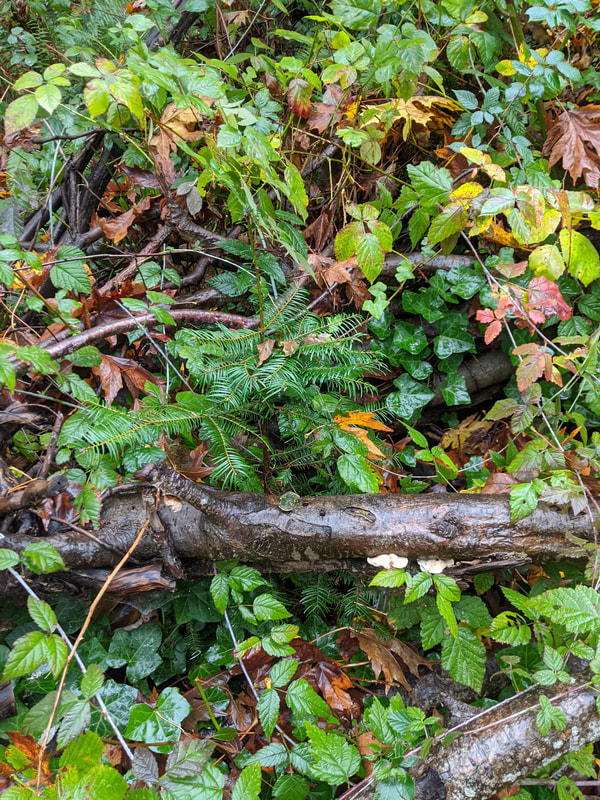
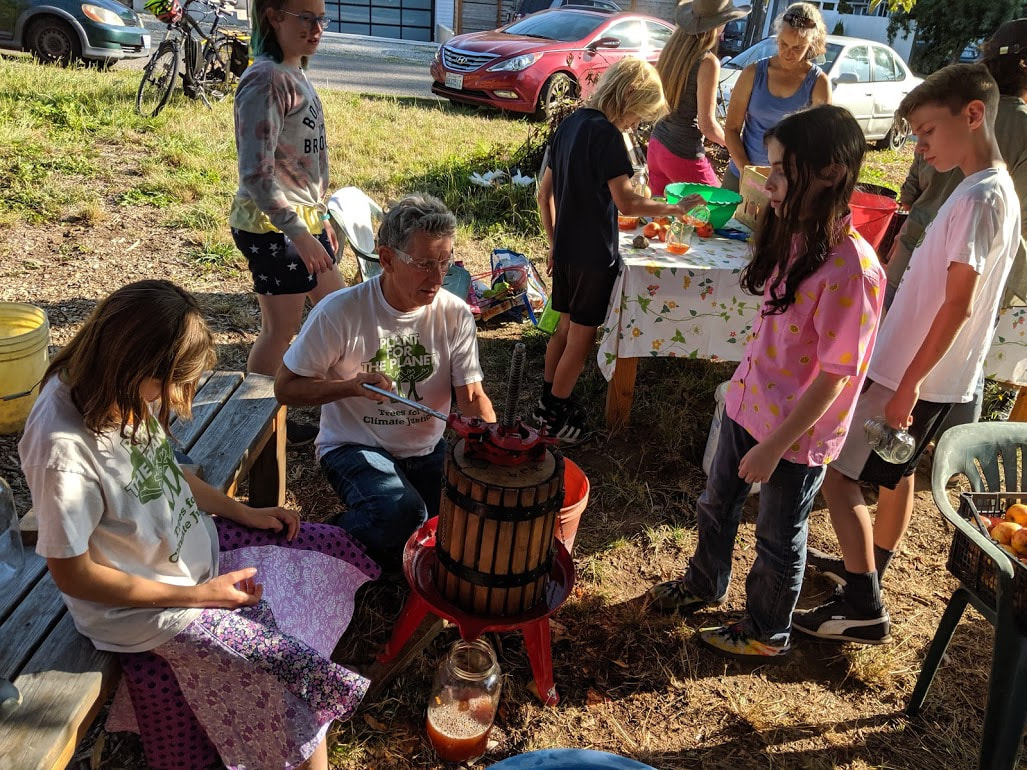
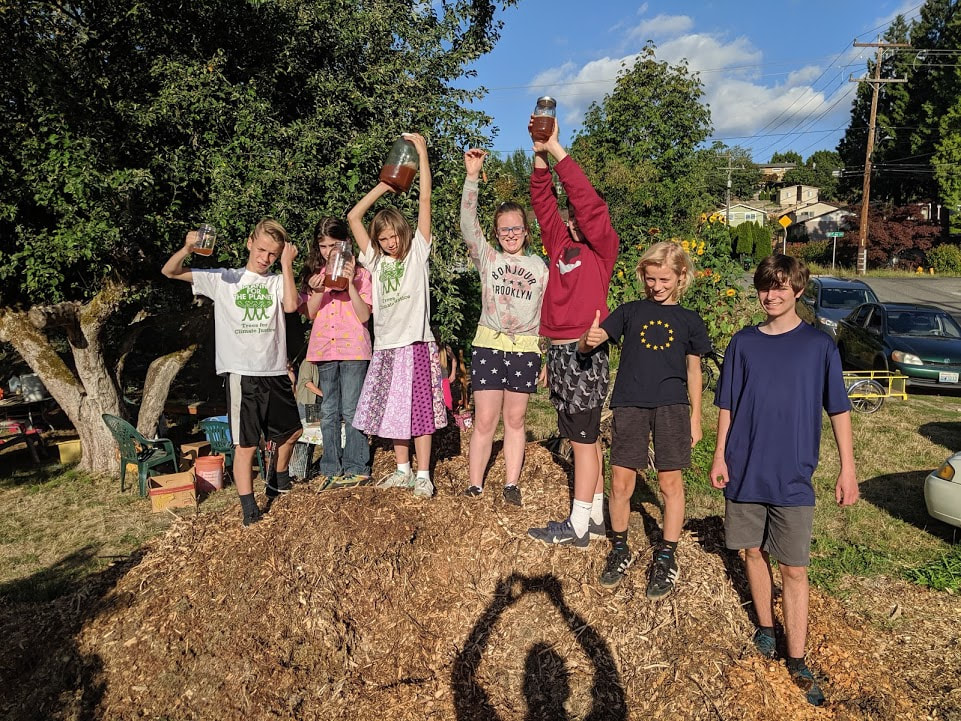
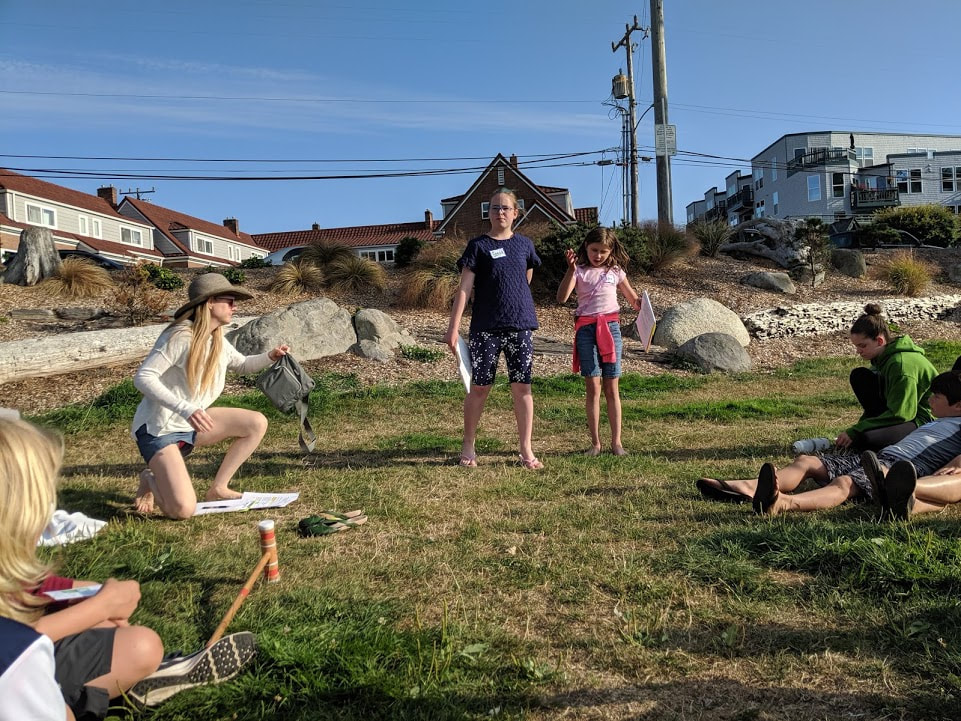
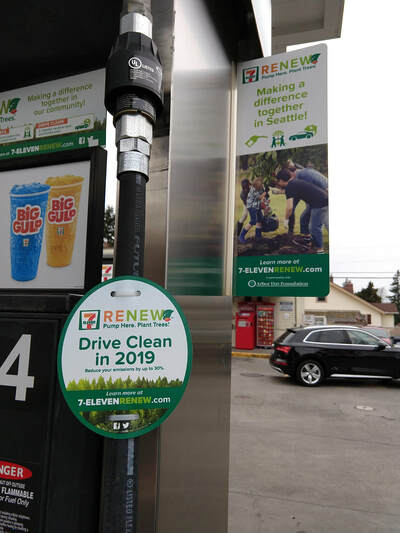
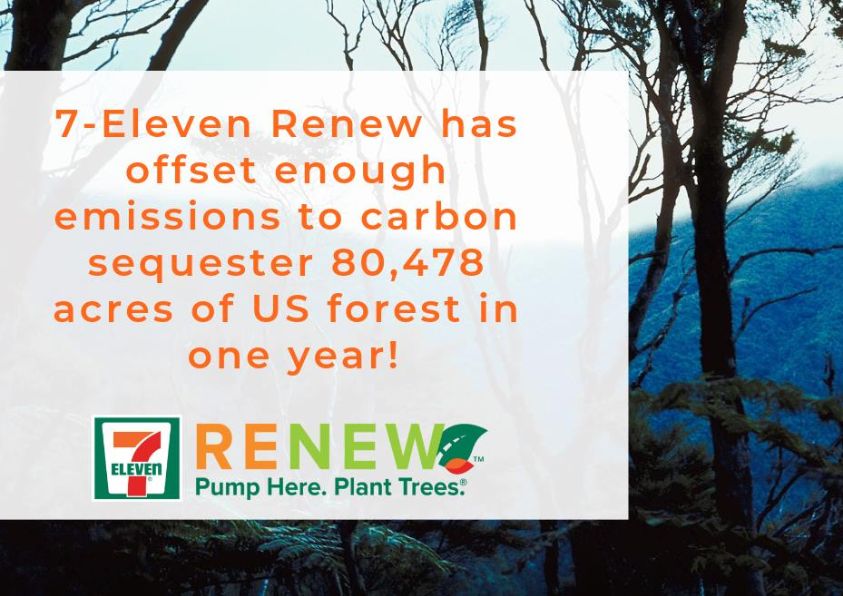
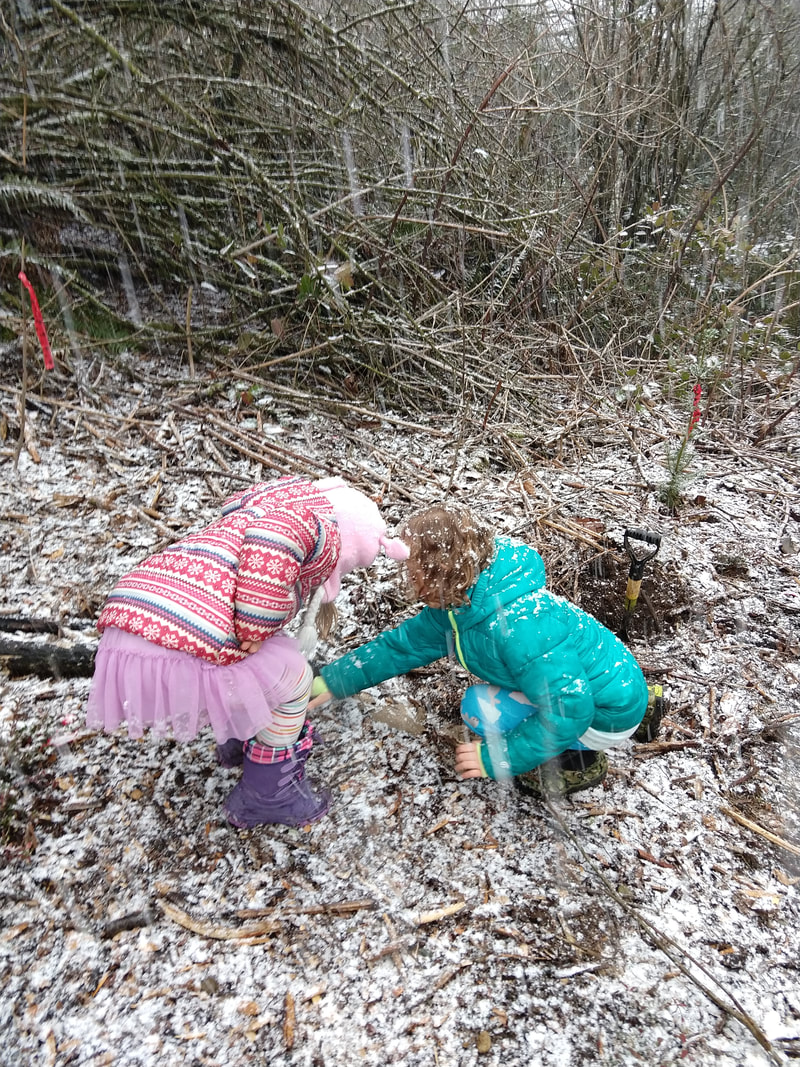
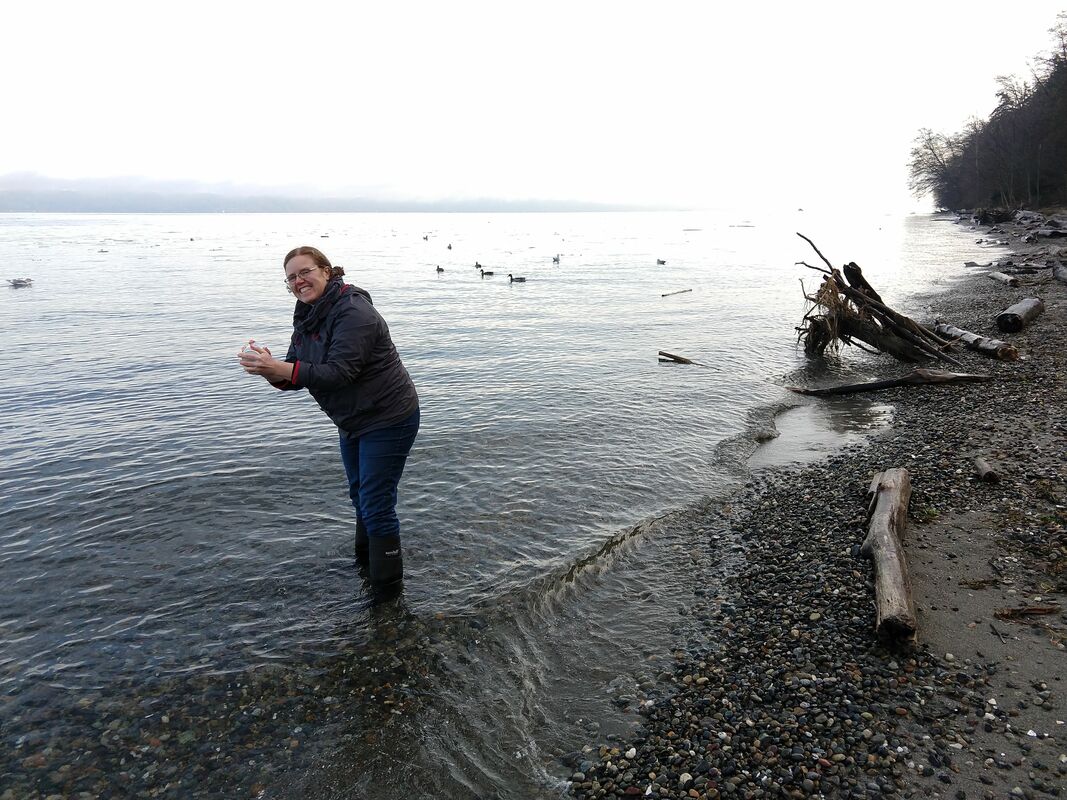
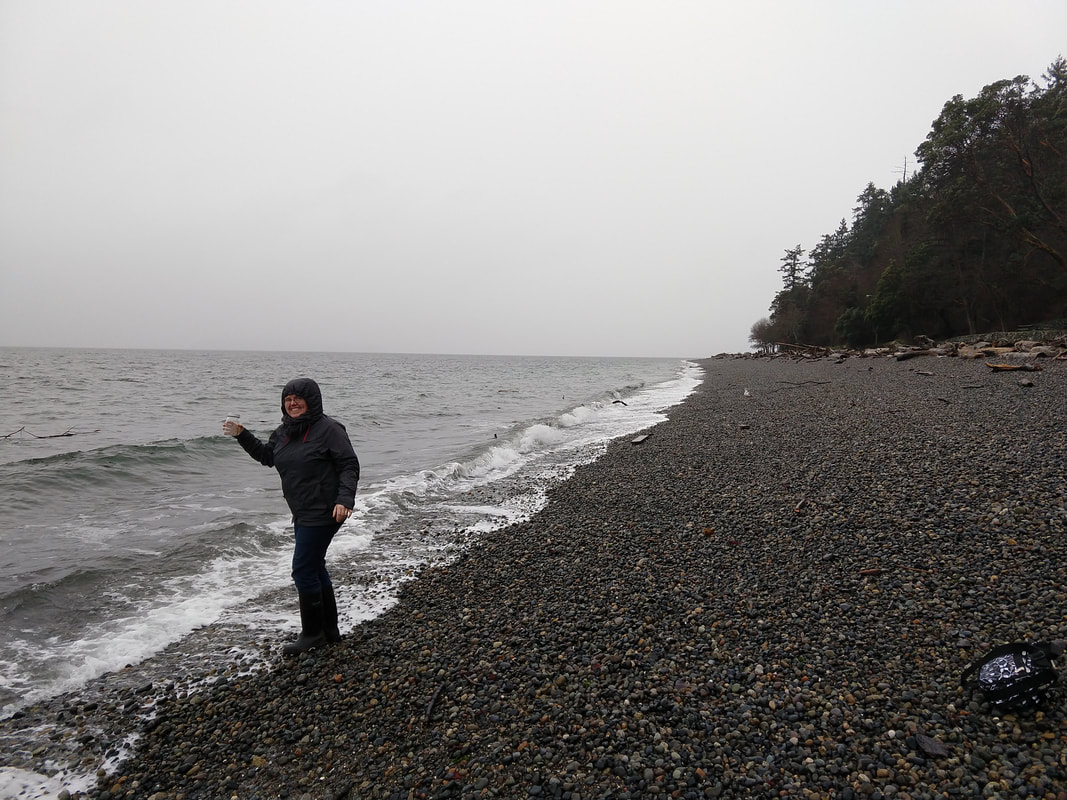
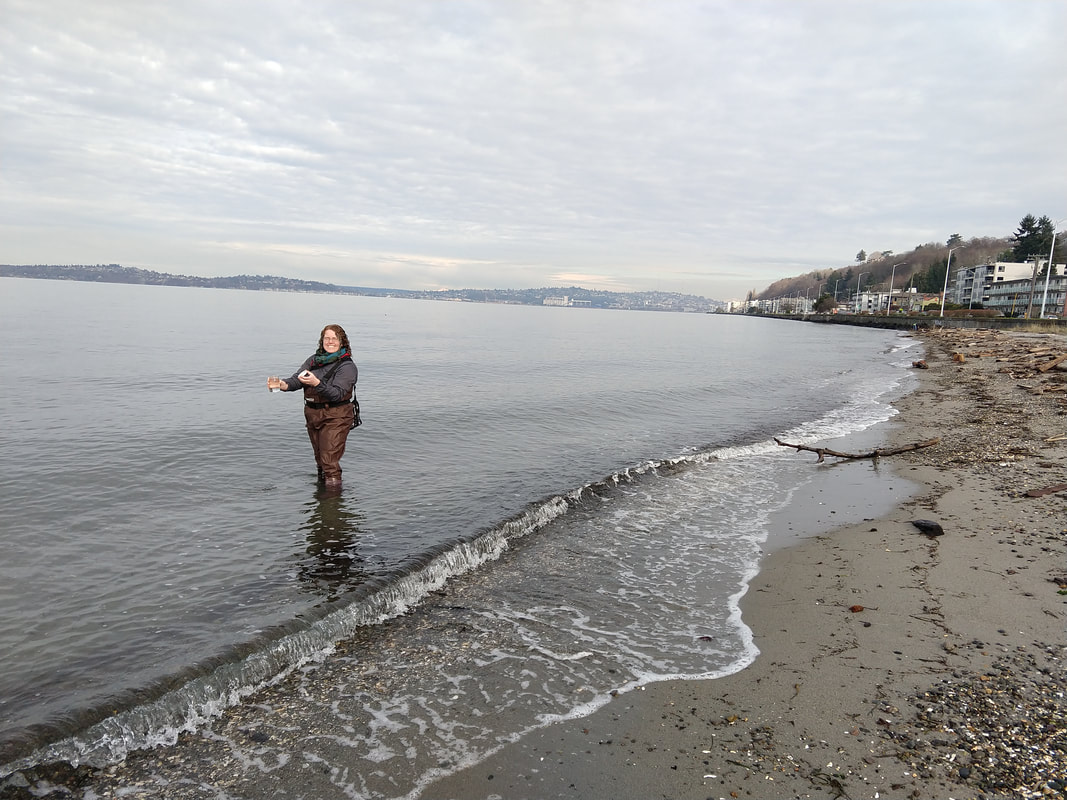
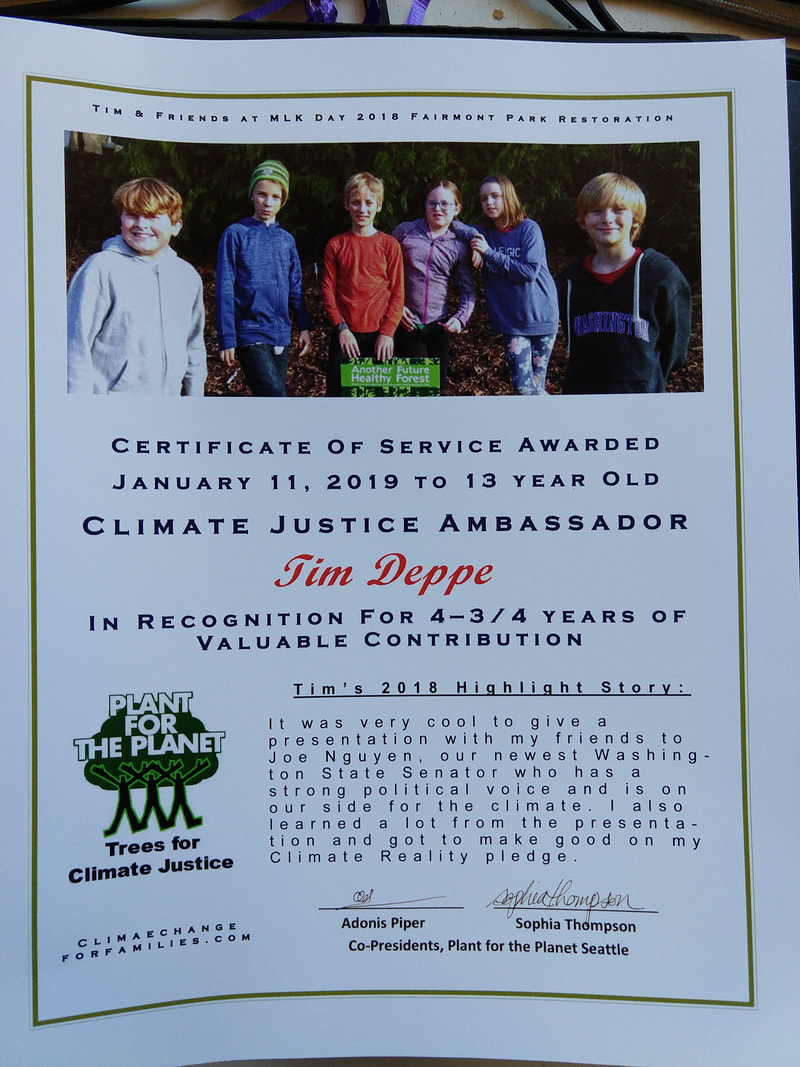
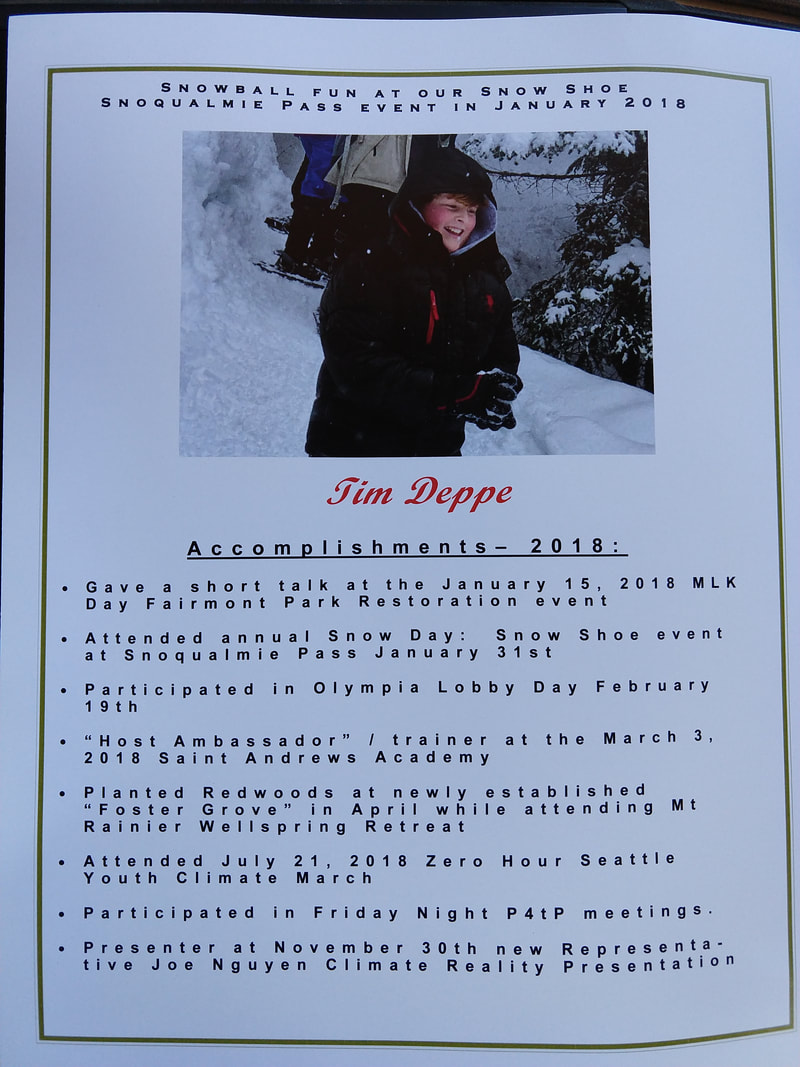
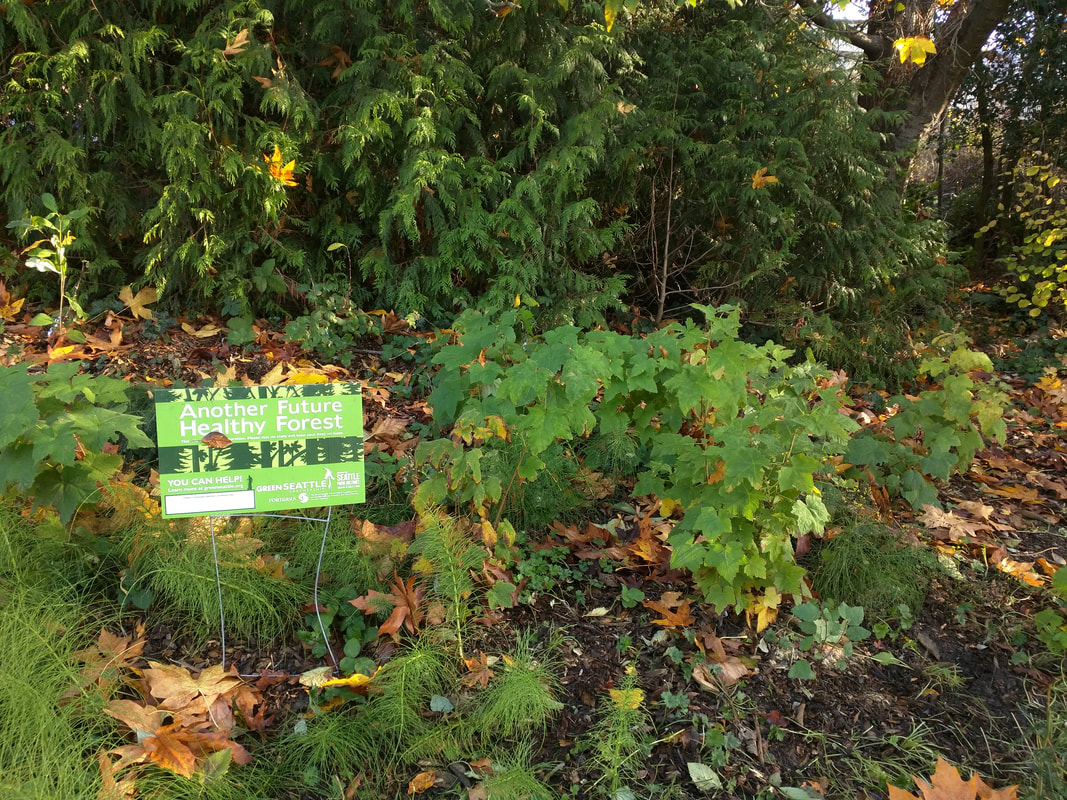
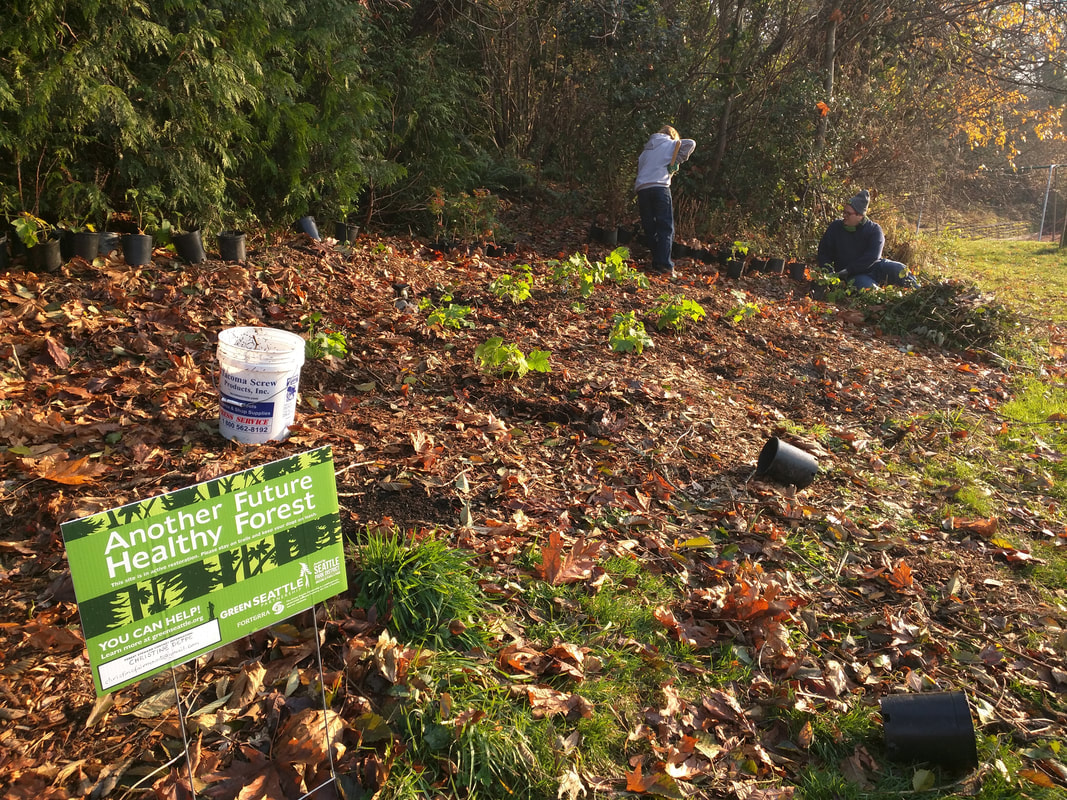
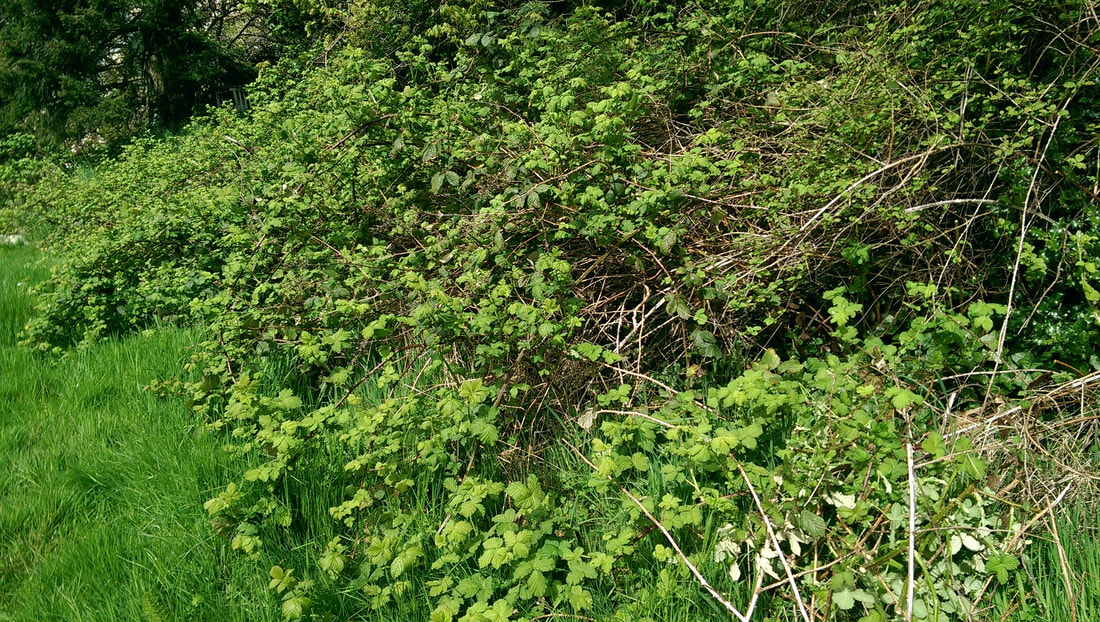
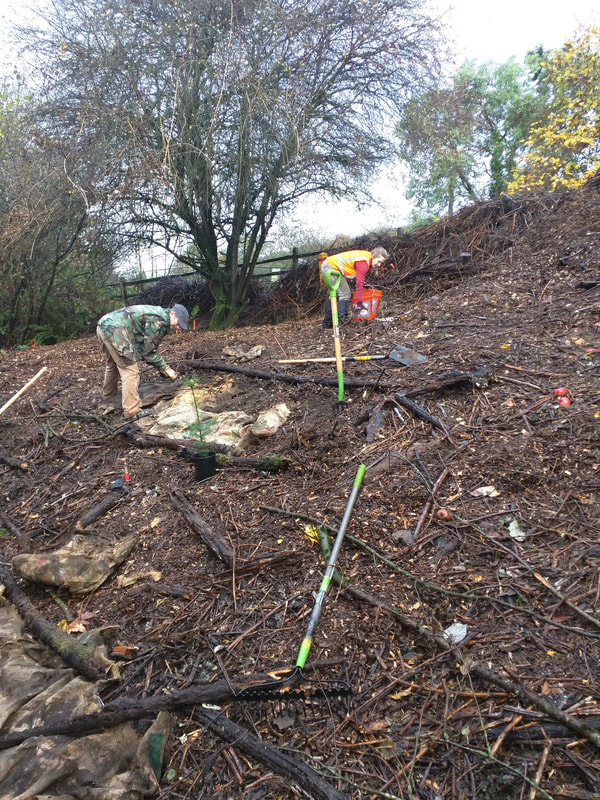
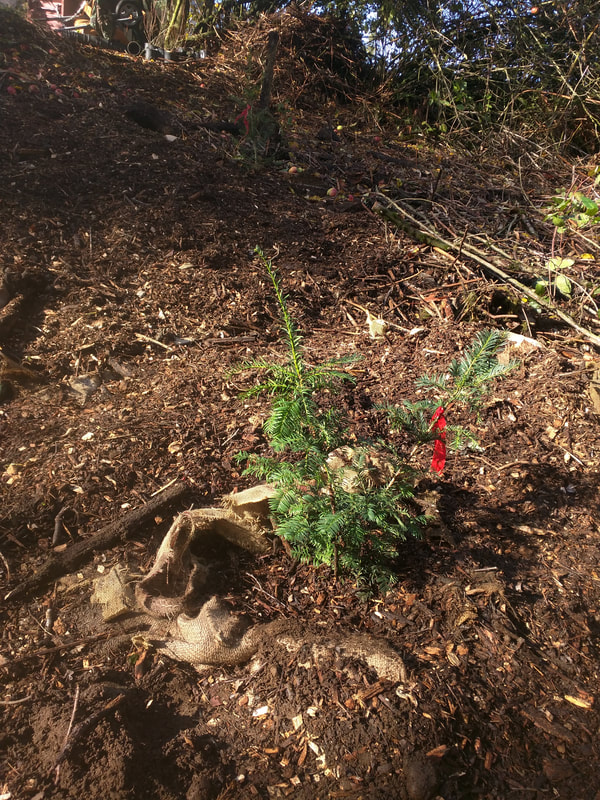
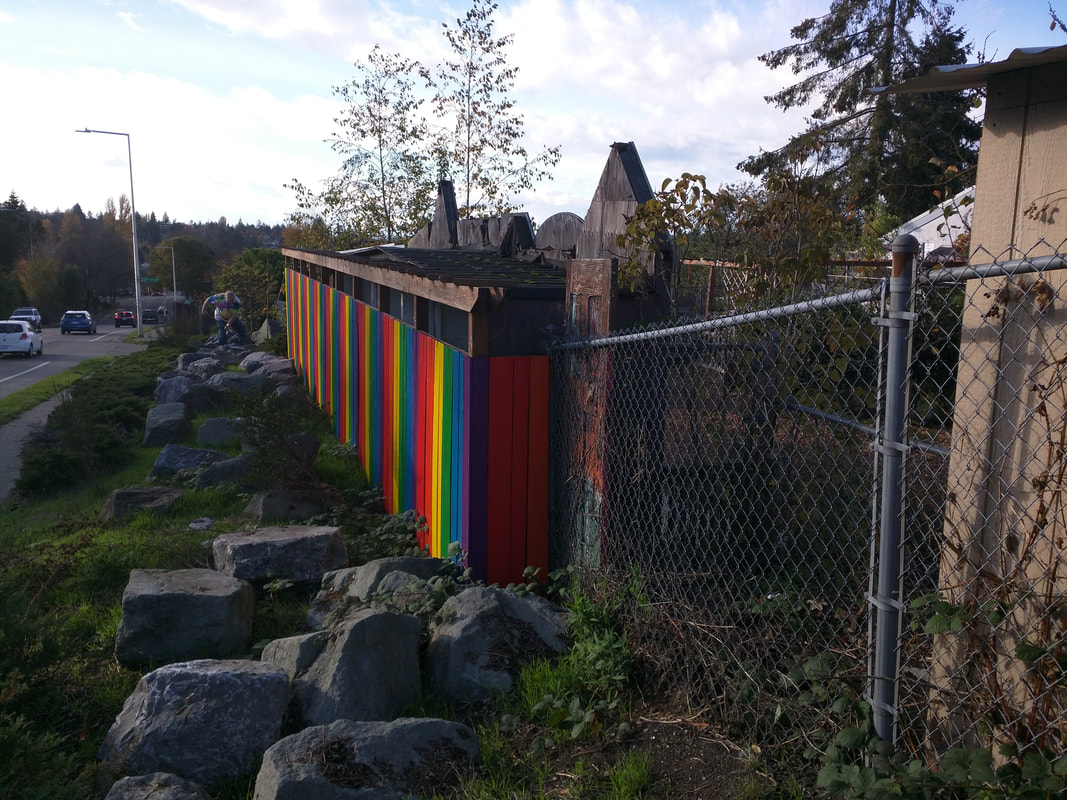
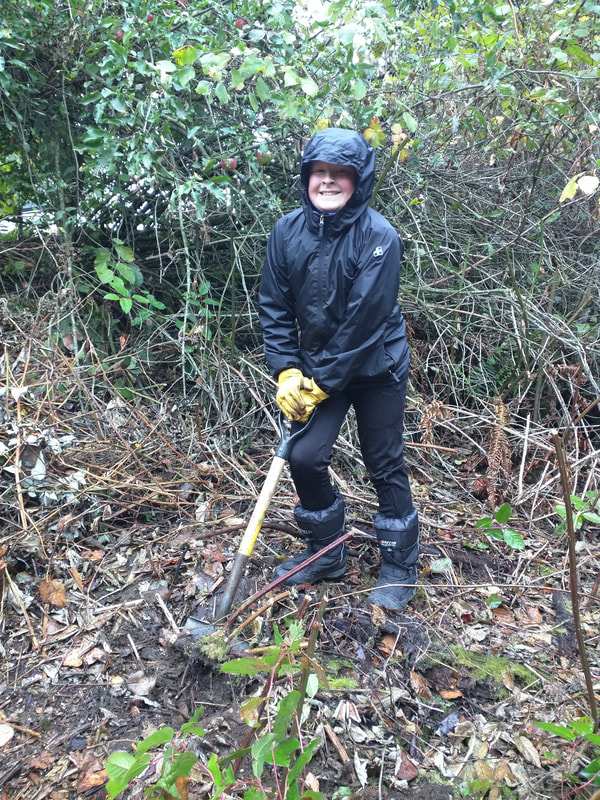
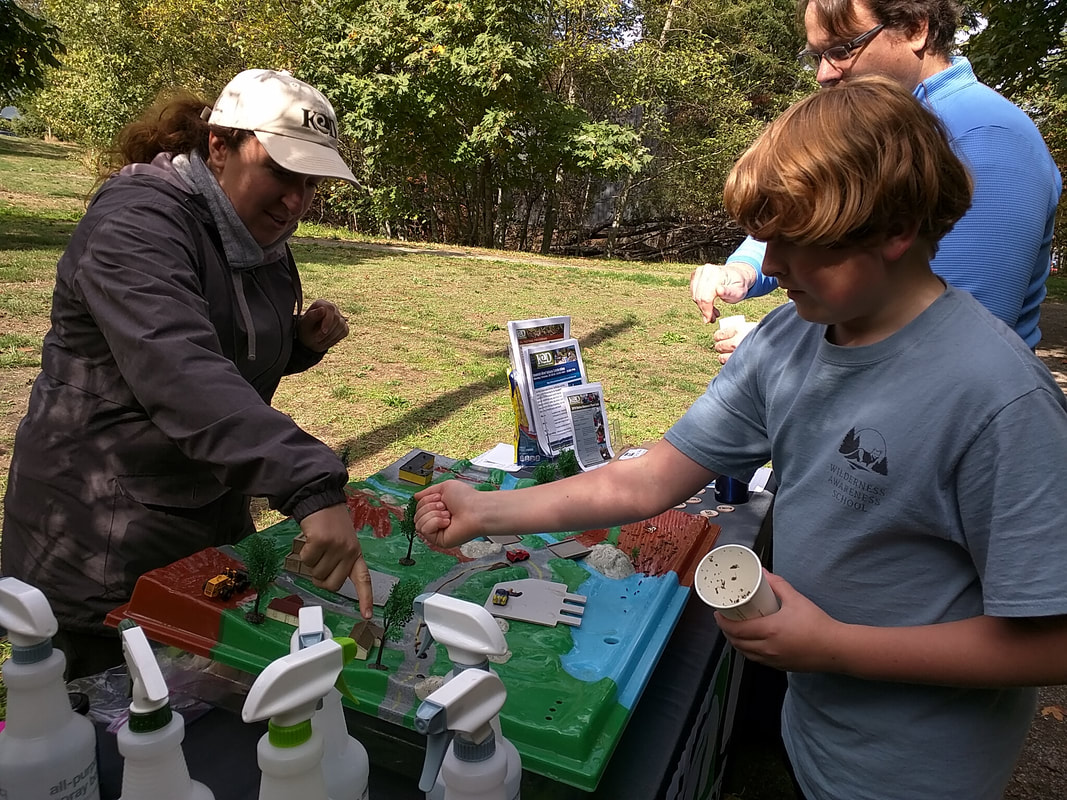
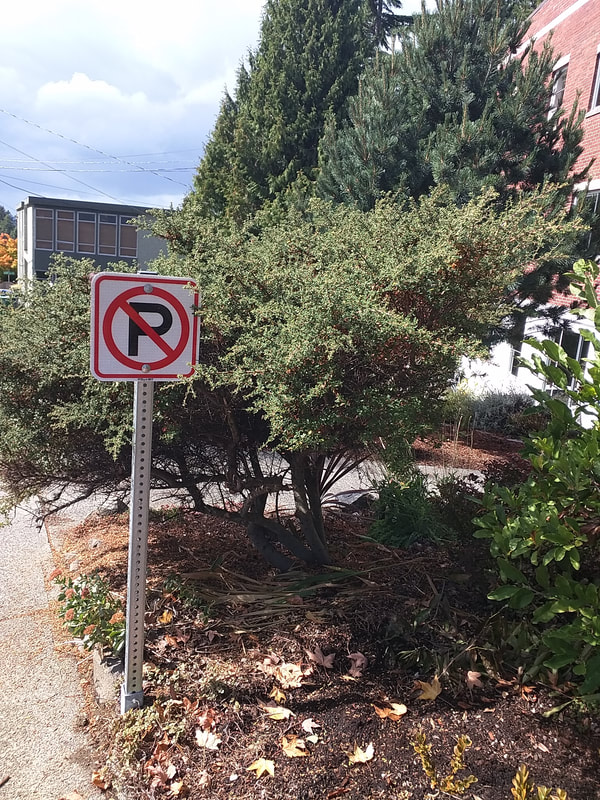
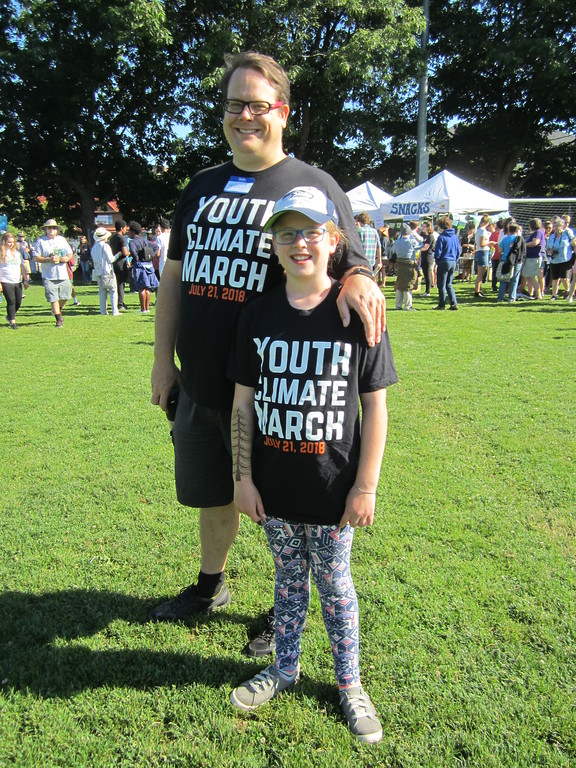
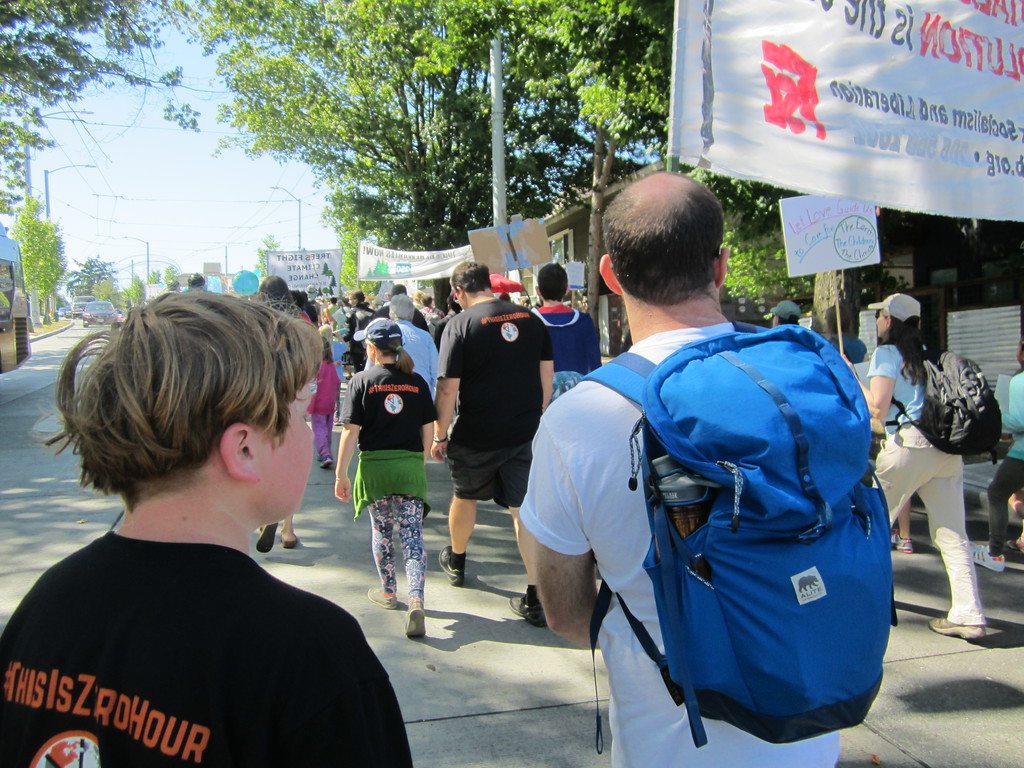
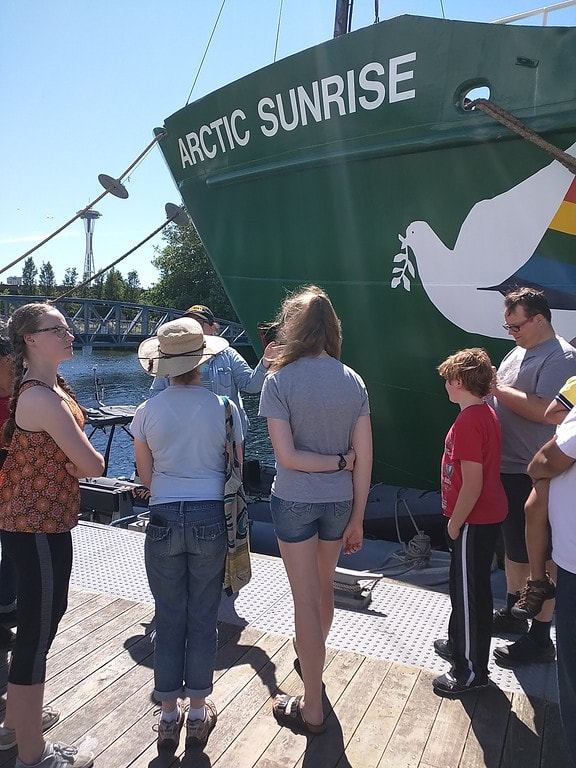
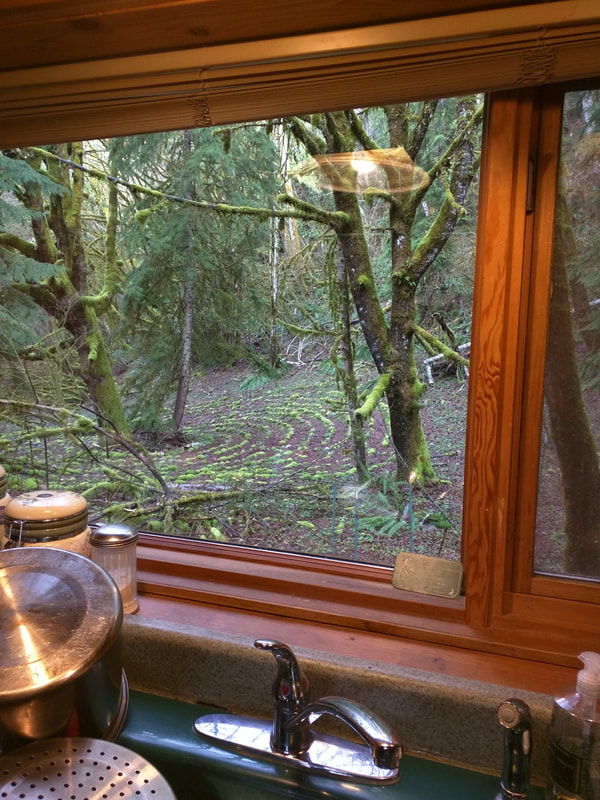
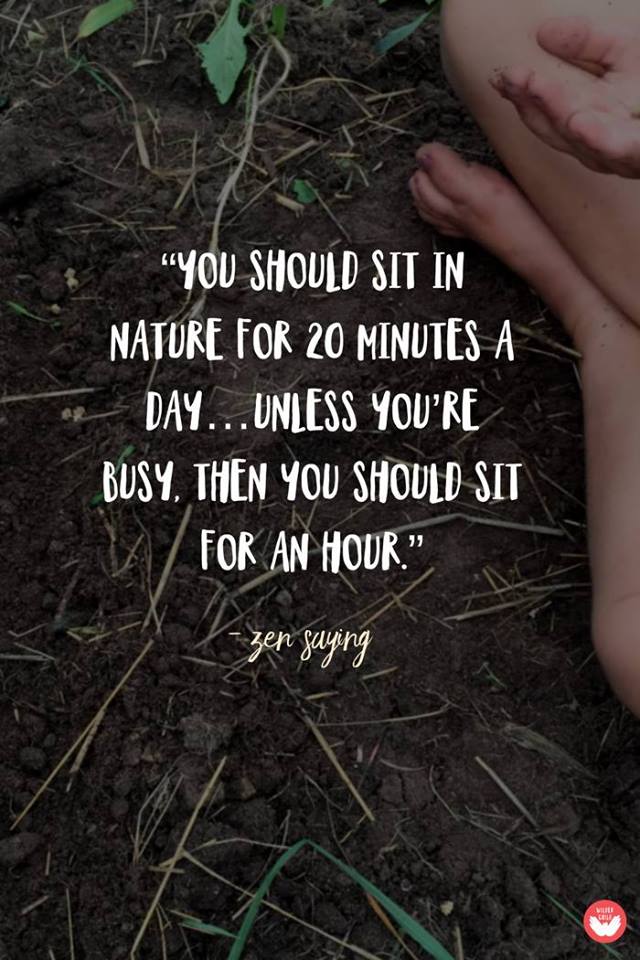
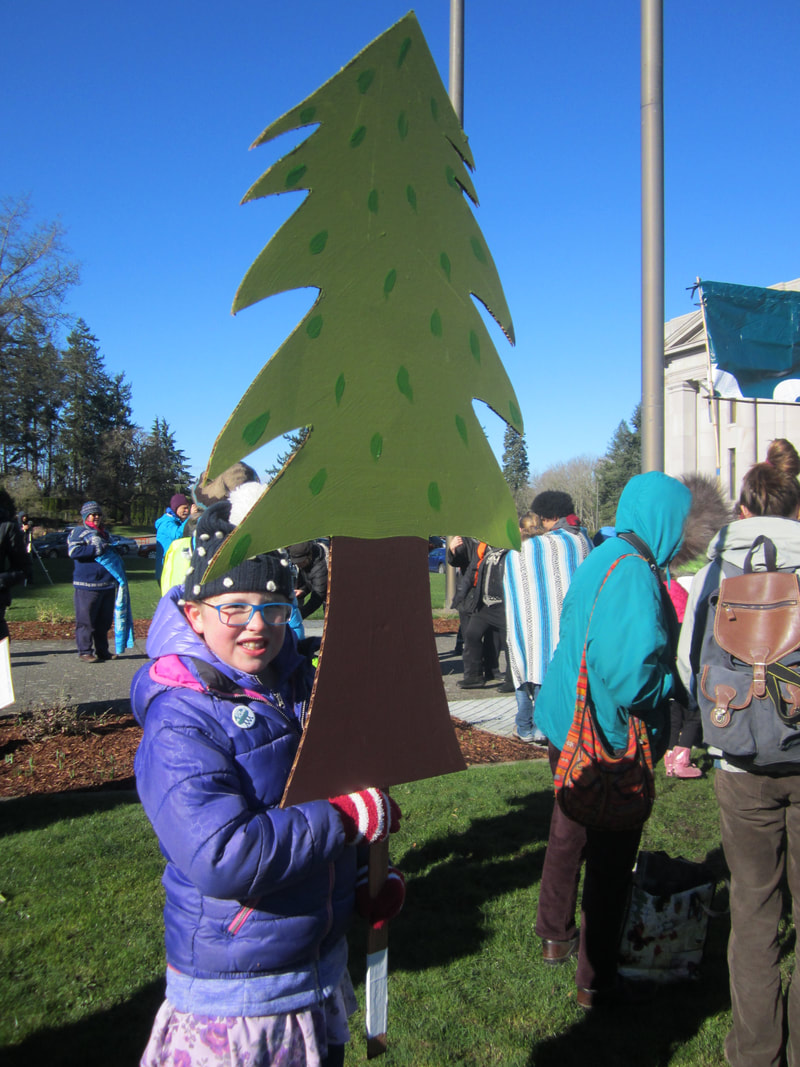
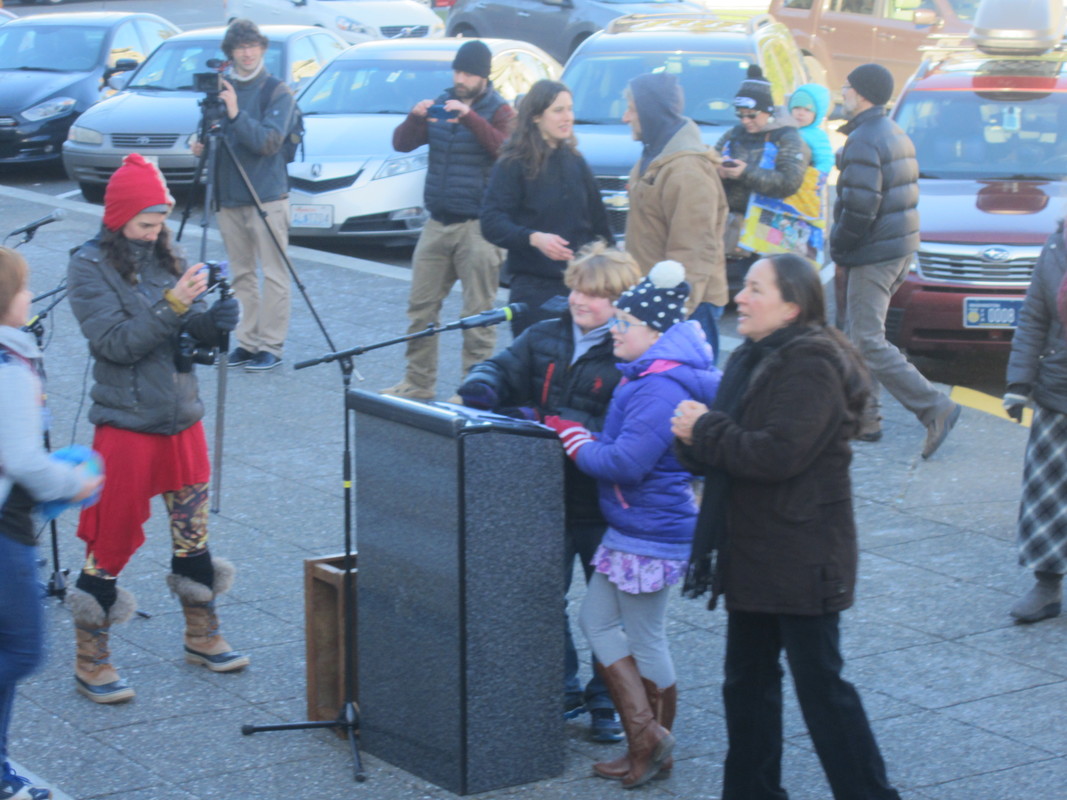
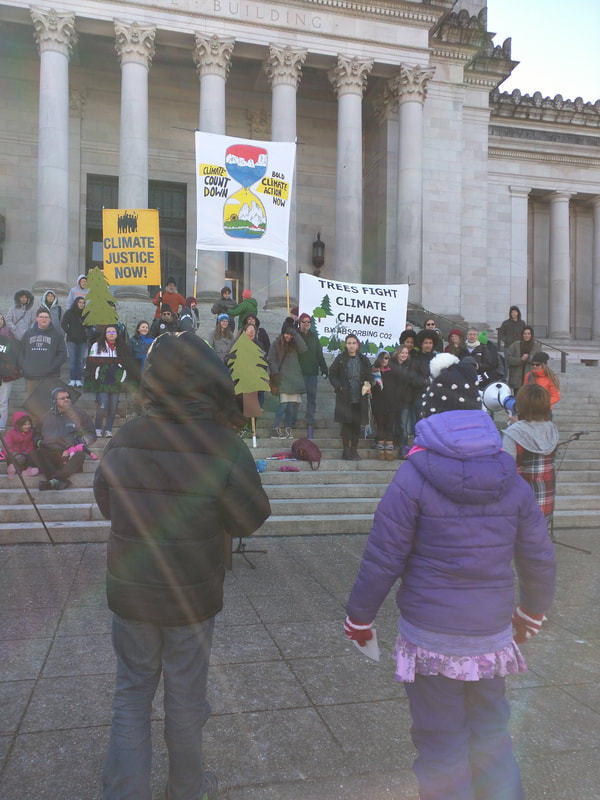
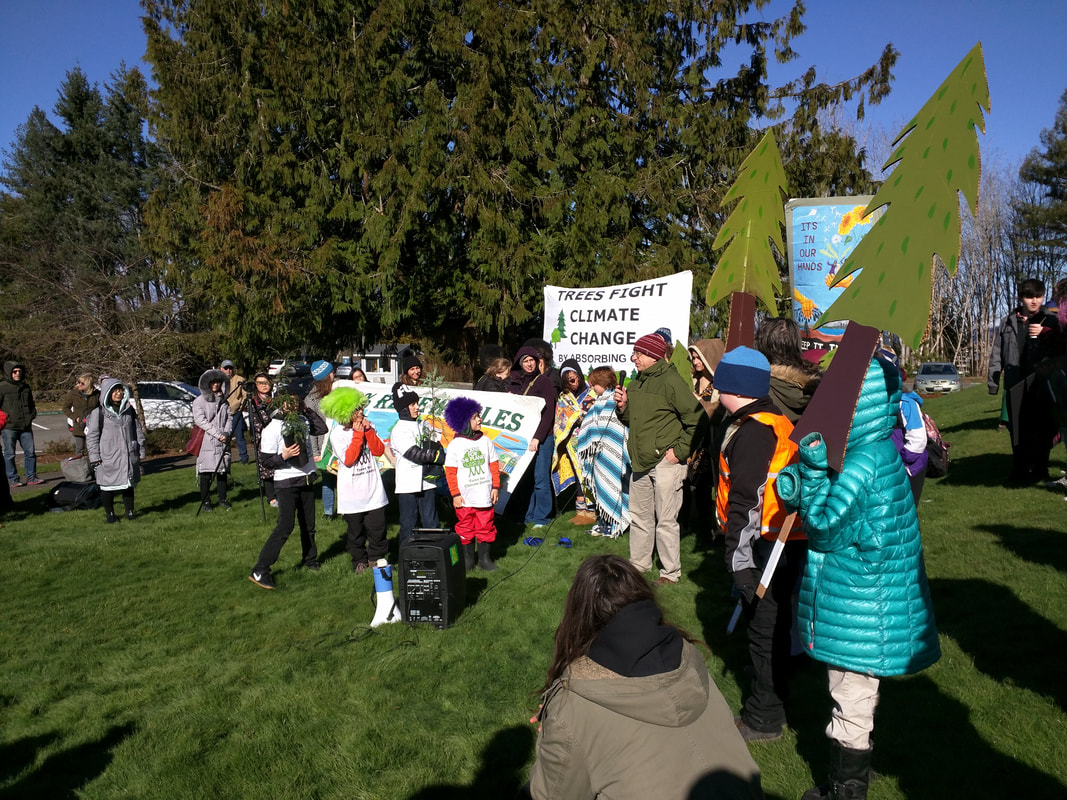
 RSS Feed
RSS Feed
